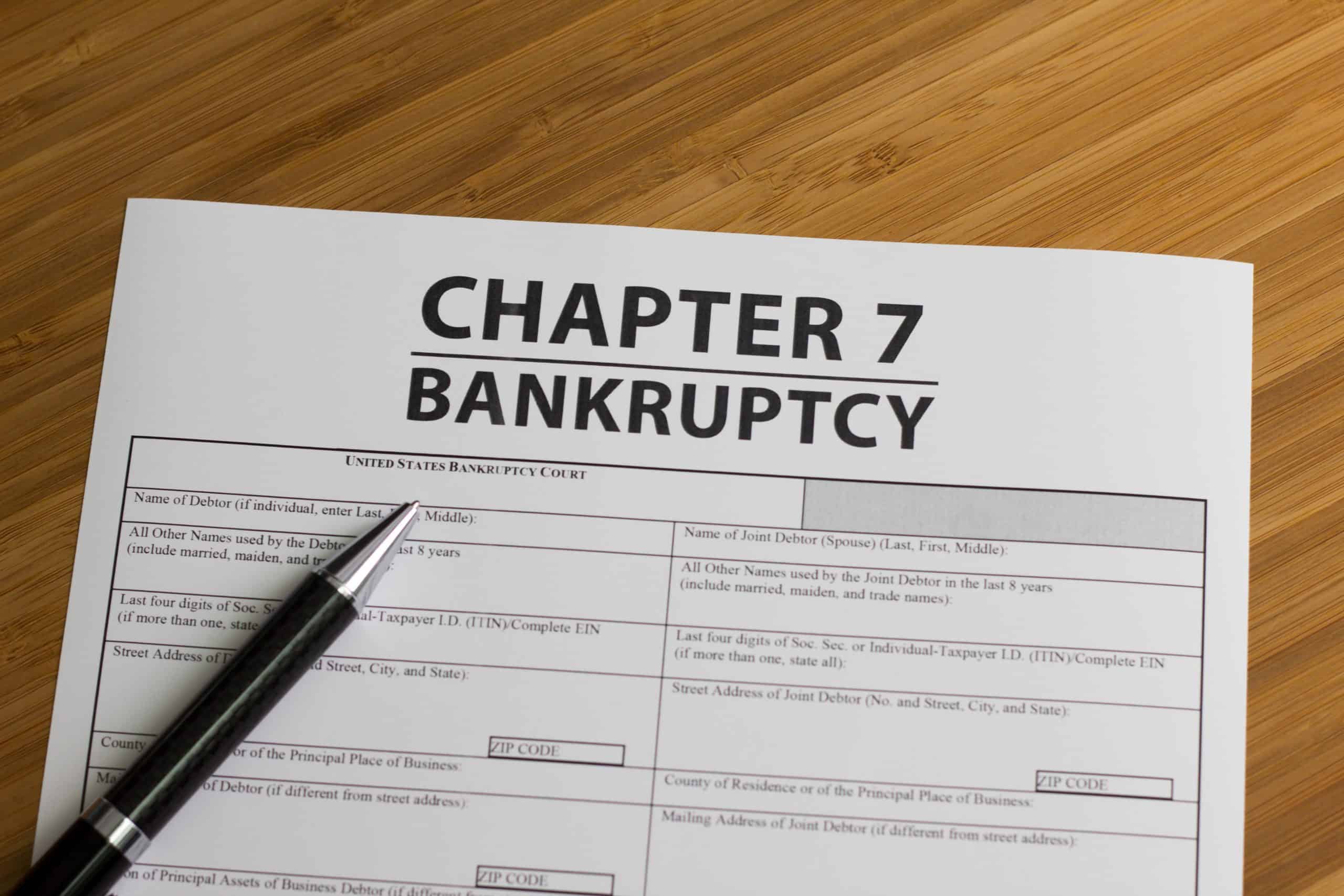To say that people filing for bankruptcy should’ve managed their finances better is unfair. While careless overspending is one reason to do so, there are also unexpected ones: a family member’s untimely death, hospitalization, getting laid off, inflation, etc. How would one be able to pay off their debts under circumstances that are mostly out of their control?
Most common are Chapter 7 bankruptcies, also known as liquidation bankruptcy. Under this type, trustees will liquidate or convert nonexempt assets—such as homes aside from the primary residence, new vehicles, and collections—into cash. Once every penny in one’s outstanding debt is paid off, the deal is done. The debtor no longer owes anything, and the creditor can no longer go after the debtor.

A bankruptcy record will have serious ramifications for debtors for the next decade. Anyone considering going down this route should at least know the following:
- The no-limit debt for Chapter 7 is (mostly) true
How much debt do you have to be in to file Chapter 7 bankruptcy? Chapter 7 doesn’t have a minimum or maximum debt limit. Technically, someone can file for one with debt as low as USD$100, though that’s an excellent way to raise some eyebrows in court.
Courts tend to ask if bankruptcy would benefit the debtor if their total dischargeable debt is less than USD$10,000. After all, if the court approves the Chapter 7 claim, the debtor will receive a stain on their credit record. Taking out loans or even opening a bank account will be extremely difficult, and they can’t apply for another Chapter 7 for another eight years.
As such, many bankruptcy lawyers set a dischargeable debt benchmark of USD$10,000, though they can still accept cases under unique circumstances. In other cases, they may suggest talking with creditors or working with a counseling agency first.
- Income can make or break a Chapter 7 claim
Chapter 7 isn’t open to everyone under debt. Courts conduct a means test based on the debtor’s income to ascertain their ability to pay their debt off by other means. The test applies to Chapter 7 and Chapter 13 bankruptcies and features two steps.
Based on census data, the first step involves comparing the debtor’s monthly income to the median income in their state of residence. A debtor whose income has been lower than the state median for the past six months automatically qualifies for Chapter 7.
If the debtor fails the first step, they move on to the more complicated second step. They must record all their expenses, including food, utilities, and transportation. Then, deduct the total from their monthly income, and multiply the difference by 60 months. To qualify for Chapter 7, the result must be either less than USD$12.85 million or less than or equal to 25% of the debtor’s unsecured debt.
- Not all debts can be discharged under Chapter 7

A successful Chapter 7 claim can wipe out most of a person’s debt, mainly unsecured ones. Here are some examples, though note that the list may differ depending on the debtor’s situation.
- Credit card dues, including late charges
- Medical and utility bills
- Payday and personal loan dues
- Homeowners association dues (if the debtor gives up the property)
- Social Security overpayments
- Non-fraud civil court judgments
Some debts that can’t be discharged under Chapter 7 include:
- Debt resulting from acts of fraud or other criminal activity
- Student loan dues (dischargeable via proof of hardship)
- Priority obligations (e.g., taxes, child support)
- Homeowners association dues (if the debtor clings on to the property)
- Eight-month-old income tax dues or older (tax liens)
Another crucial caveat is that Chapter 7 only covers debt that the debtor incurred before the date of filing. Courts refer to all debt incurred here as pre-filing debt. Any further debt gained later is considered post-filing debt and ineligible for Chapter 7.
- Common sense can spare debtors from so much trouble
Whether it’s Chapter 7 or Chapter 13, filing for bankruptcy is a clear sign of a debtor admitting to financial difficulty. Common sense dictates that they should refrain from accruing more debt in the run-up to the filing. As the previous section explains, any post-filing debt is ineligible for Chapter 7, and it will be the debtor’s responsibility to pay it off.
Another practical tip: don’t touch any asset listed under the claim. It’s best to avoid transferring titles of assets for liquidation or transferring businesses to other names. These are potential reasons for the court to charge the debtor for fraudulent transfer.
Conclusion
A bankruptcy record isn’t a pretty sight, but sometimes it’s the only viable way of getting out of deep debt. Anyone under financial constraints should take filing for Chapter 7 seriously, as it’ll limit one’s ability to borrow money a great deal. Take these tips to heart to make the liquidation process as smooth as possible.